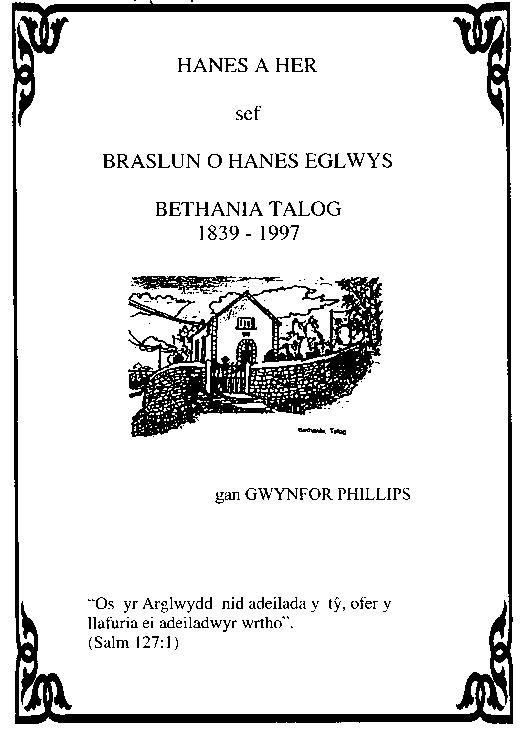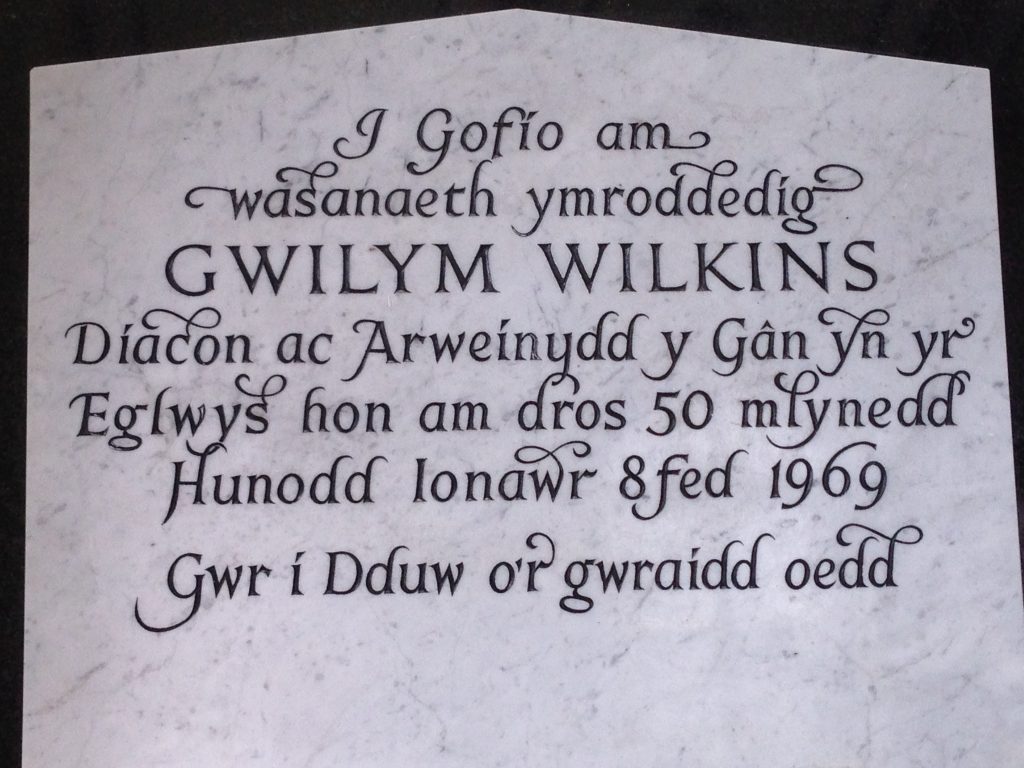100 years of Talog Hall
The origins of Talog Hall
In 1914 the “Committee of the Talog and District Eisteddfod” signed a “Memorandum of Agreement” with the shop-keeper, Thomas R Thomas, whereby he lent the Committee £40 to purchase a marquee for their use, and agreed to store the same until paid for.
Agreement and Signatories




After World War 1
After World War 1 Lloyd George’s government decided to demolish most of the army camps and give huts away. John Daniels worked in Cardiff and helped to acquire the Hall, along with T R Thomas the shopkeeper.
Talog Hall was originally an army hut, like those used by men on National Service as dormitories, probably with 10 beds in a row. The Young Men’s Christian Association (YMCA) distributed the huts to mining communities and villages on condition a plot was found, and money to pay for transport and erection. The money to pay was collected by chapels to be paid back after the hall made a profit. However, Bethania Chapel agreed to give the money, instead of asking for it back, in return for use of the Hall free of charge. Mr Turner believes that T.R Thomas organised the transport of the hall from Cynwyl Elfed railway station – using a traction engine and horse and cart.
Cilwendeg Farm gave land in the village to build the hall. They also gave a water supply to the village. The villagers laid the pipes for the water. Mr Turner’s mother-in-law paid someone for a day’s work for her share of the work. The maintenance was taken over by the Carmarthenshire Council.
Talog Hall Opening Concert
The opening ceremony involved Sir John Daniels, MA, Cardiff, who also gave a set of books to the hall to start a library. The chapel used the hall for drama on Boxing Nights, an Eisteddfod on New Year’s Night, and Christmas parties for the children, as well as other chapel events.
Talog Hall
The ex-army hut was opened on 22 September 1920, and now, as Talog Community Hall is 100 years old.
The YMCA wanted one shilling a year from the hall to maintain ownership. This agreement held until 1977 when Brinley Jones sold Talog Shop to Handel Griffiths.
Inside the hall in those days there was a kitchen, with books on a shelf. In 1962 electricity came to Talog. The lighting had previously been provided from the shop via a generator to the hall. There was a stove in the hall, powered by coal, in the centre of the hall.
Mr Turner said of those times: “Brinley the Shop asked me if I would go with him and Jack Jones, who worked in the shop, around villages which had a hall to see what heating they had. “We went to several villages, started with Meidrim, can’t remember the names of all of them, but Aber Cych was one, and we ended up in Llanpumsaint.” Some had tubular heating, some had overhead, one had under-floor heating. The team decided on overhead heating.
Brinley decided to ask the YMCA if they could provide a grant for the heating, and a man came down Talog where a delegation met him. But there was no grant, and the YMCA representative also refused to sell the hall. However, in the last few years the hall has been transferred to a community organisation. The car park was bought from Brookside, probably about 20 years ago.
Source: Eddie Turner























